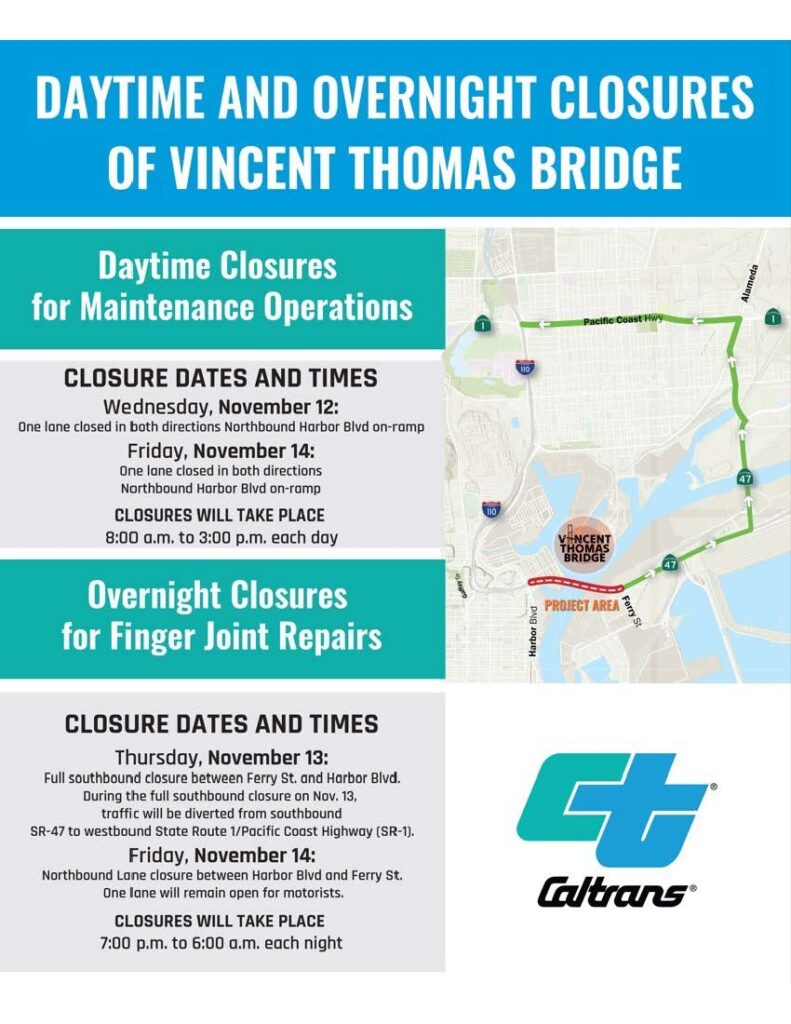Sourcing Journal
LA Port Blasts ‘Lazy’ Crane Operator Report as ‘Inaccurate Characterization’
By Glenn Taylor
Cargo container vessels ships are backlogged at the Port of Long Beach, Wednesday, Sept. 29, 2021, in Long Beach, Calif. CREDIT: Kirby Lee/Associated Press
But now, there’s a new source of blame: so-called lazy crane operators. And one major port under attack has already fired back at the work-ethic accusations.
A report from conservative political publication The Washington Examiner described the crane operators at the Ports of Los Angeles and Long Beach as “lazy, prone to long lunches and quick to retaliate against complaints,” detailing conversations with six anonymous truck drivers near the Long Beach entry route who were unhappy with the slow pace of the teams working there.
One truck driver interviewed, referred to as “Antonio” said, “In 15 years of doing this job, I’ve never seen them work slower. The crane operators take their time, like three to four hours to get just one container.”
The report indicated that truckers who specifically complain about waiting for shipping containers to be loaded onto their trucks are often kicked out of the ports by police or banned from returning altogether.
The drivers in the report levied accusations that crane operators would sometimes even skip them to work on someone else, or that entire crews would go to lunch at once. Both scenarios exacerbate wait times.
“They leave for two hours, and you are stuck with no one there,” one trucker, identified as “Brian,” said. None of the truckers interviewed for the story provided a last name out of fear of reprisal, the Examiner said.
The publication also interviewed labor consultant Jim Tessier, who represents dock workers in disputes against the International Longshore and International Warehouse Union (ILWU).
“What you are talking about is perfectly described behavior,” Tessier said of the crane operators. “This is all a reflection of the management they have down there, the inmates run the asylum. The managers are all afraid to say anything because the operators are so powerful they get management fired if they don’t like them.”
Phillip Sanfield, director of media relations at The Port of Los Angeles, told Sourcing Journal that the Examiner report was “an inaccurate characterization,” saying that the gateway “believes the women and men of the ILWU, which includes crane operators, are among the hardest-working people in the nation.”
“They’ve been on the job, day in and day out, since the onset of the pandemic,” Sanfield said. “The Port, largely due to the efforts of the dockworkers, have moved record amounts of cargo. In fact, this year, the Port of Los Angeles will move more cargo than any other Western Hemisphere port has ever done.”
The Port of Long Beach didn’t immediately respond to Sourcing Journal’s request for comment.
“In addition to the work taking place at the Port of Los Angeles, the Ports of Long Beach, Oakland, and the Northwest Seaport have also broken records throughout the summer and continue today to move cargo as quickly as the off-port supply chain will allow,” Jennifer Sargent Bokaie, communications director of ILWU Coast Longshore Division, said in a statement. “As you can imagine, ILWU dockworkers are extremely proud of these accomplishments and their contributions to keeping our economy strong and nation moving forward.”
West Coast ports lag Asia’s productivity
Whether these reports are accurate or exaggerated by disgruntled truck drivers, recent IHS Markit data did indicate that productivity issues have hampered top North American ports. In fact, major ports examined across Asia can load or unload a container more than twice as fast as their North American counterparts in Los Angeles, Long Beach and Vancouver, taking an average of 27 seconds compared to 76 seconds on large call sizes, IHS Markit said.
As a result, the average anchorage time in North America is 24 hours, compared to just two hours in Northeast Asia.
Due to the lagging productivity, more ships need to fully anchor at the ports, stalling the entire process altogether. More than 40 percent of ships at the three major North American West Coast ports must anchor before loading or unloading cargo. This compares to 26 percent of vessels in Southeast Asia, 23 percent in Northern Europe and only 12 percent in Northeast Asia.
Everstream Analytics also backed this up, reporting that on average in September, vessels waiting at the Ports of Los Angeles and Long Beach idled for 12-13 days. Meanwhile, China’s Yantian and Ningbo, two ports that temporarily closed this summer amid coronavirus outbreaks, had an average wait time of only three days.
Of the 91 container ships in-port at the Ports of Los Angeles and Long Beach on Friday, 62 were stuck at anchor or in holding areas, according to the Marine Exchange of Southern California.
Beyond the allegations against the employees, the Examiner report pointed to a lack of available chassis at the ports where cargo containers could be loaded up before truckers haul them away. While the truck drivers say they are making the same number of trips as previous years, for some reason, chassis are in short supply for those that don’t own one, and they wait for returns to come in.
Could slow working pace render 24/7 hours moot?
The sluggish pace at the ports captured the attention of the Biden administration, which established a task force in June to address the supply chain disruptions and named a port envoy two months later. The administration persuaded the Los Angeles-Long Beach ports to shift their operations to a 24/7 schedule so trucks can access the facilities around the clock and alleviate some of the congestion.
But despite the schedule expansion, one trucker quoted in the Washington Examiner report said that this won’t make a serious impact since crane operators work even more slowly at night.
“Compared to all the other years, they are definitely [working] slower now. I wait at least three hours every single day,” said the trucker, identified as “Oscar.”
Oscar said he makes port trips twice a day to pick up shipping containers full of electronics, which are dropped off in the greater Los Angeles area in a 10-hour process. He also told the Examiner that each terminal has two cranes to load cargo, but he’s never seen both operating at once.
“They have to hire extra men to work the cranes and don’t want to do it,” Tessier said. “There are a lot of things [terminal operators] could do but don’t do because it costs extra money. Shows how concerned they are about their customers.”
https://sourcingjournal.com/topics/logistics/port-los-angeles-long-beach-lazy-crane-operators-west-coast-congestion-308359/


